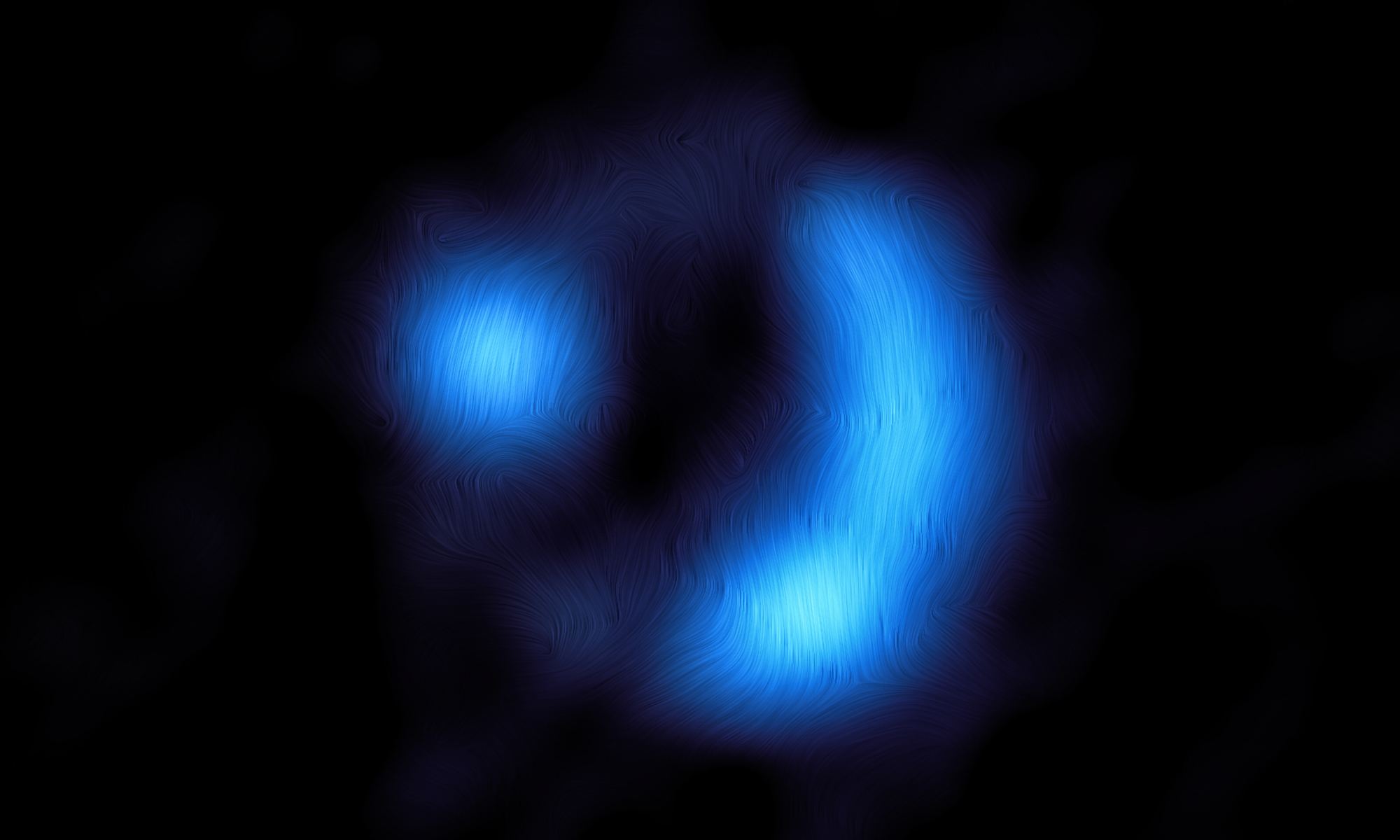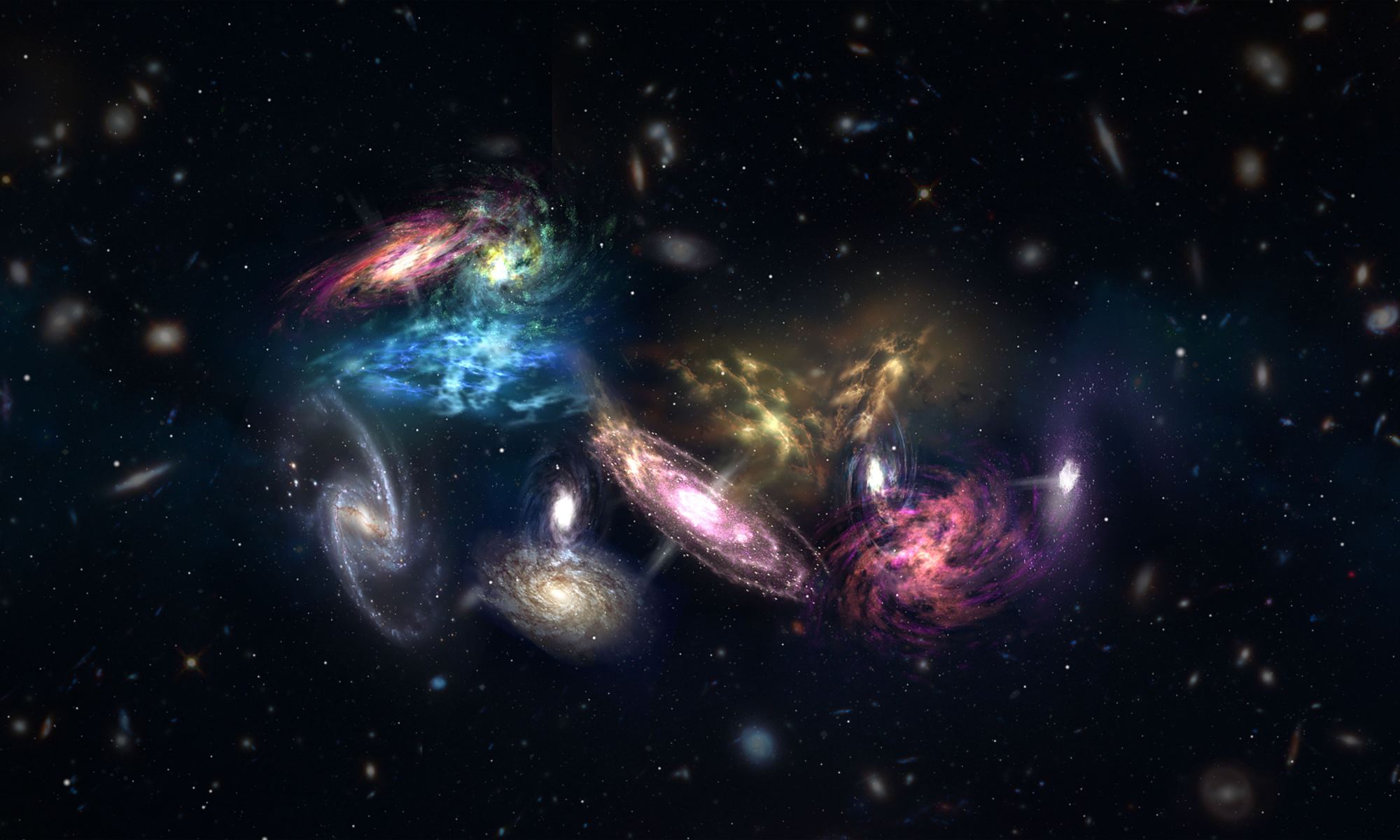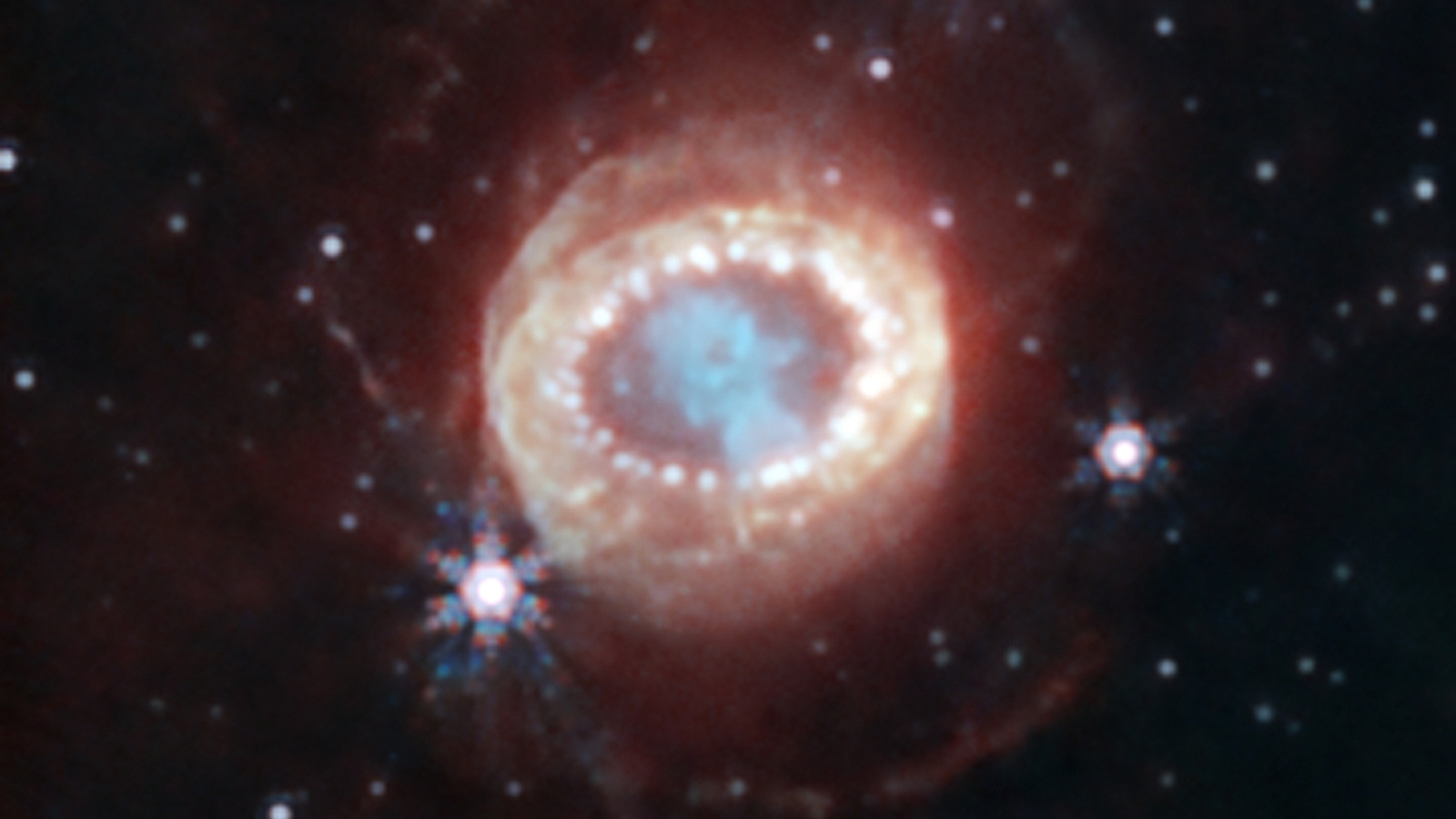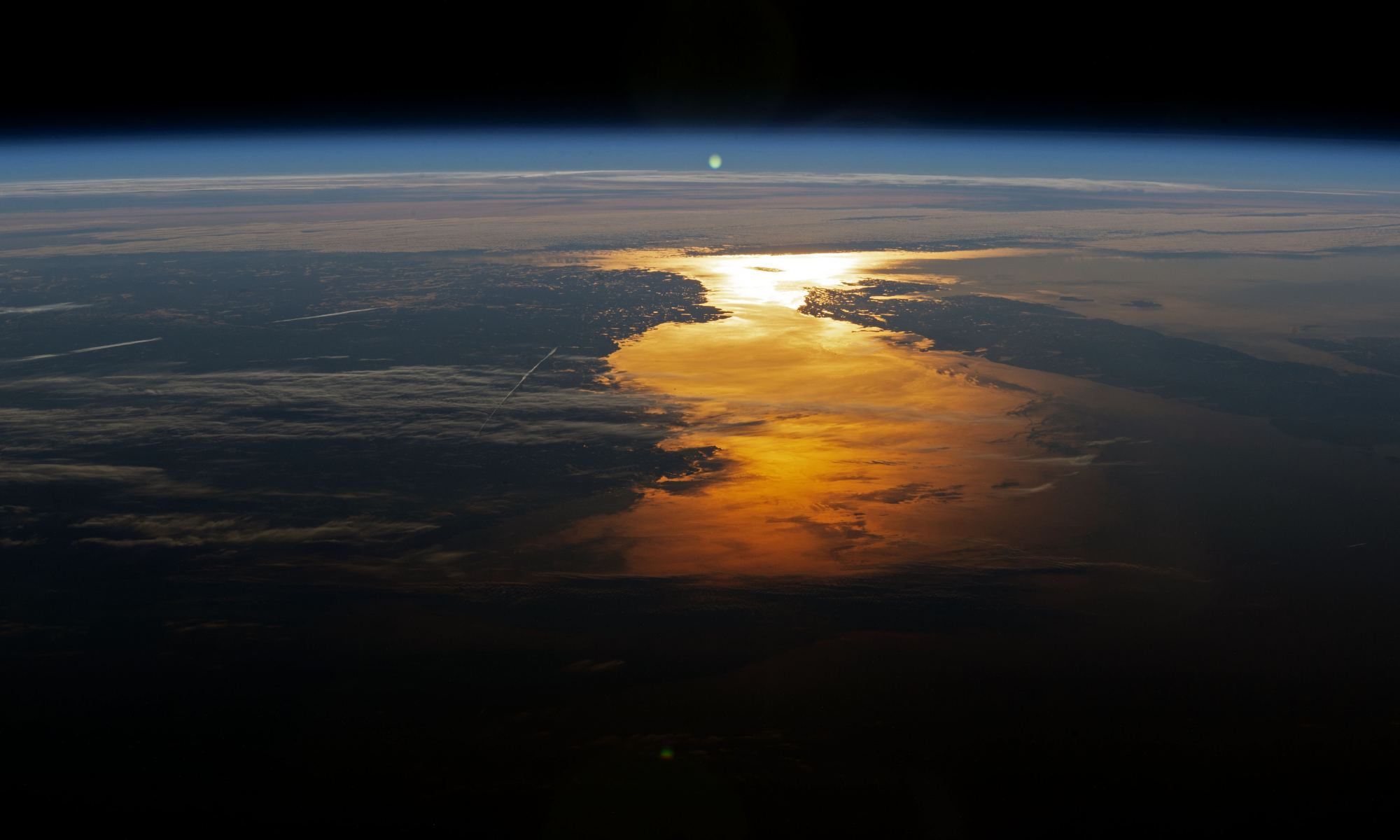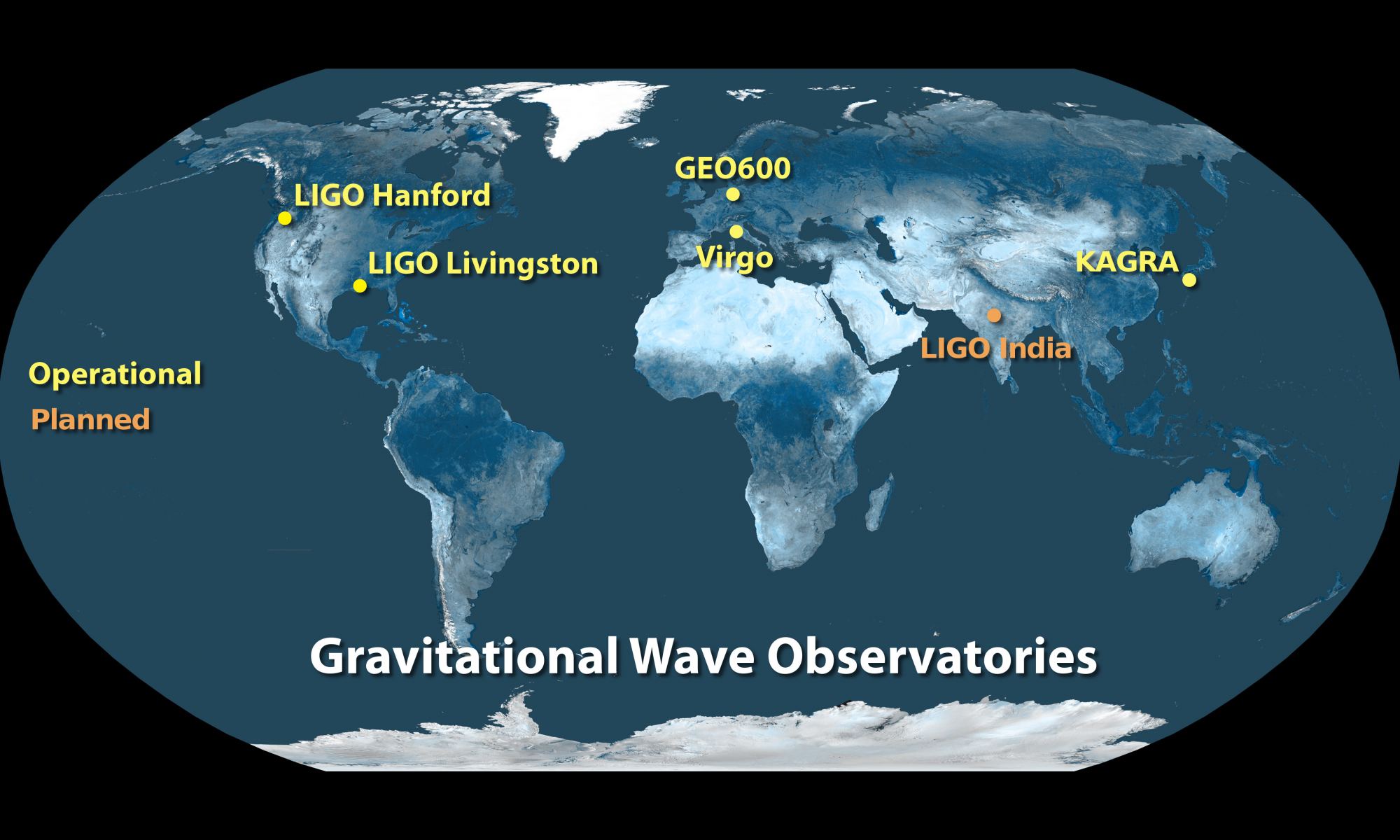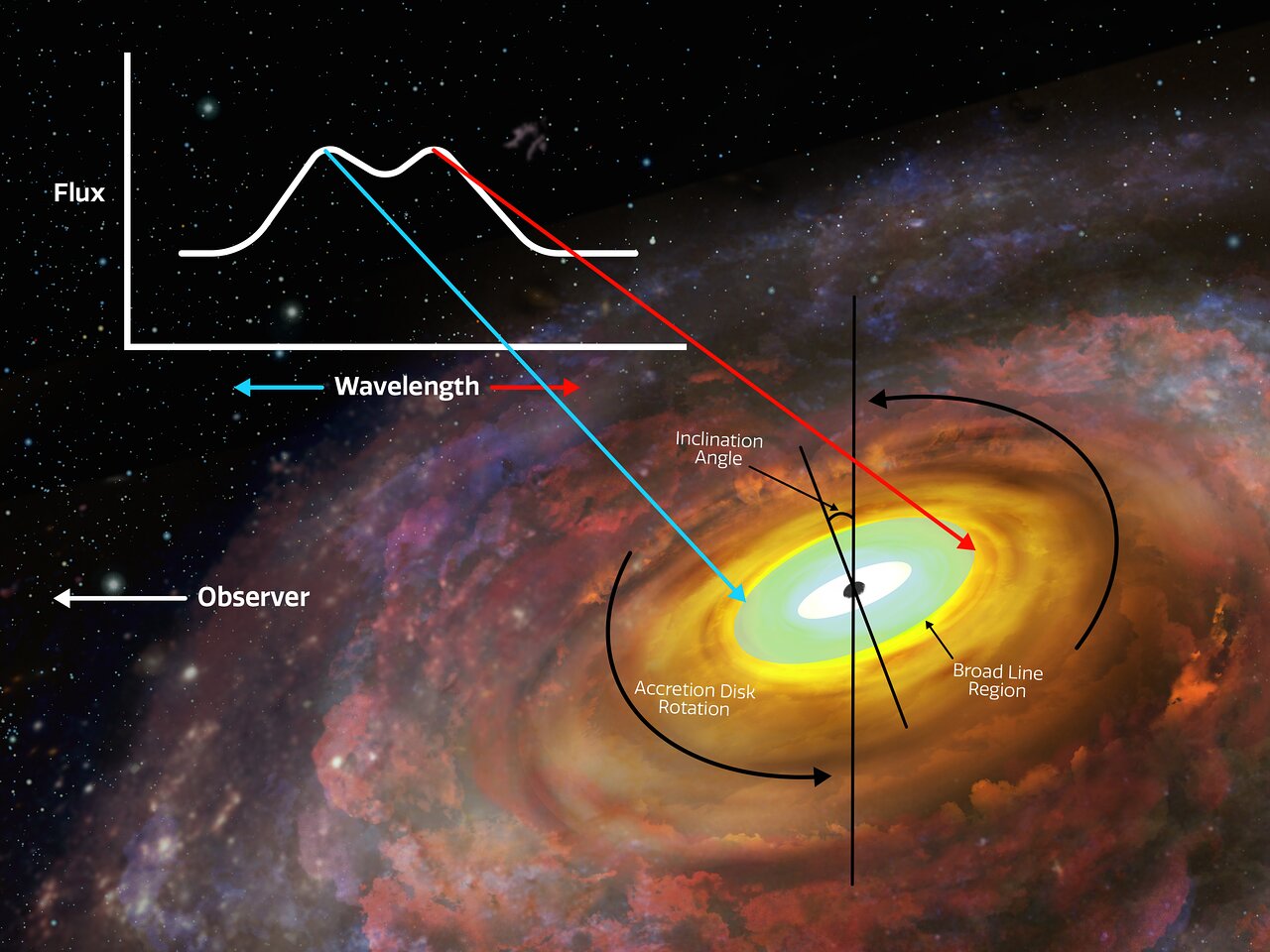The galaxies in our local Universe all have magnetic fields. Galactic magnetic fields can be generated by ionized gas within a galaxy, and these same magnetic fields affect the evolution of galaxies. But while modern galaxies have magnetic fields, did early ones? Astronomers are still trying to understand how galactic magnetic fields arise in young galaxies, but this can be a challenge without observational data. Now a team using data from the Atacama Large Millimeter/submillimeter Array (ALMA) has observed the magnetic field of a galaxy when the Universe was just 2.5 billion years old. The galaxy is known as 9io9. It takes 11 billion years for its light to reach us, making it the most distant galaxy for which we have observed a magnetic field.
Continue reading “The Most Distant Galactic Field Lines Ever Seen”The Most Distant Galactic Field Lines Ever Seen
